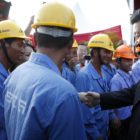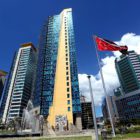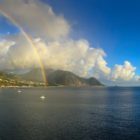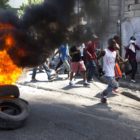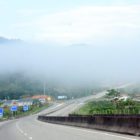With A Little Help From My Friends — How a Tiny Island Weathered Hurricanes and Storms of Political Controversy
In March 2015, at a PetroCaribe Summit, Venezuelan President Nicolas Maduro reaffirmed his commitment to the 17 participating Caribbean and Latin American countries, even calling for greater socio-economic development and more integration among its members. Fast forward just three years later and the entire framework has collapsed.
It wasn’t hard to see it coming. After riding on a crest of US$ 100+ for 4 years, oil prices would plummet in 2014 and would come to rest at US$40 two years later before recovery. Aging infrastructure and poor management would cripple the oil output of neighboring Venezuela. Both were the very lifeblood of PetroCaribe.
The program was designed to pump oil at market prices to Venezuela’s neighbors but with a lucrative repayment plan that empowered political leaders with social spending beyond their former means. In return, Caracas expected it would enjoy political cover from all those sharing the riches. While PetroCaribe clung to dear life, the oil in its veins was quickly running dry.
